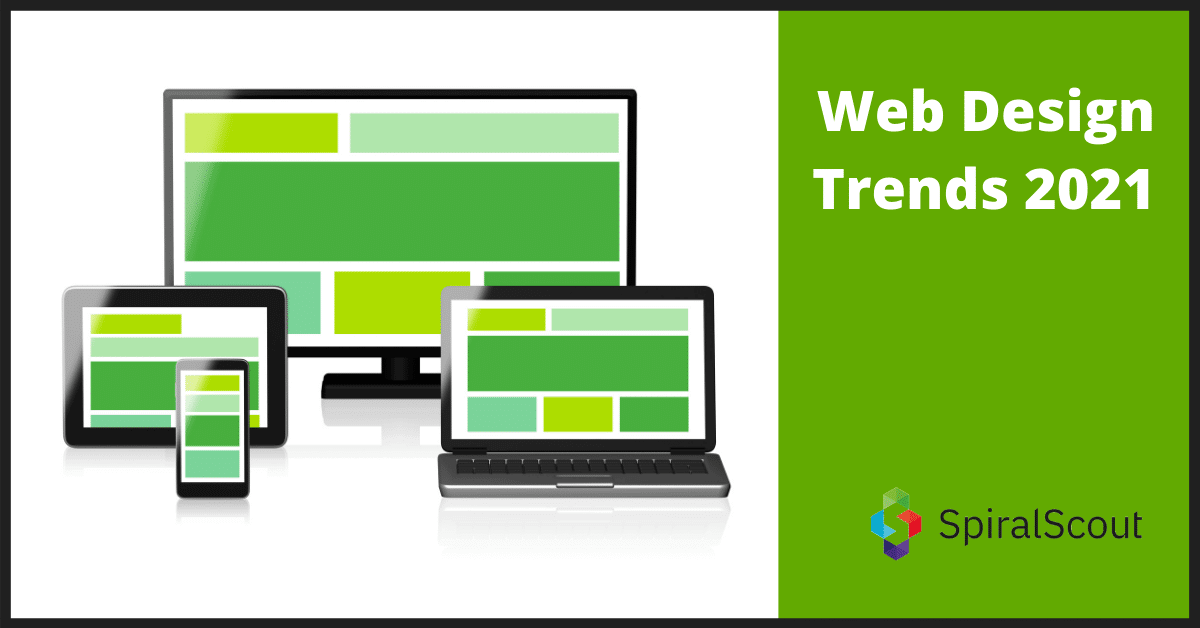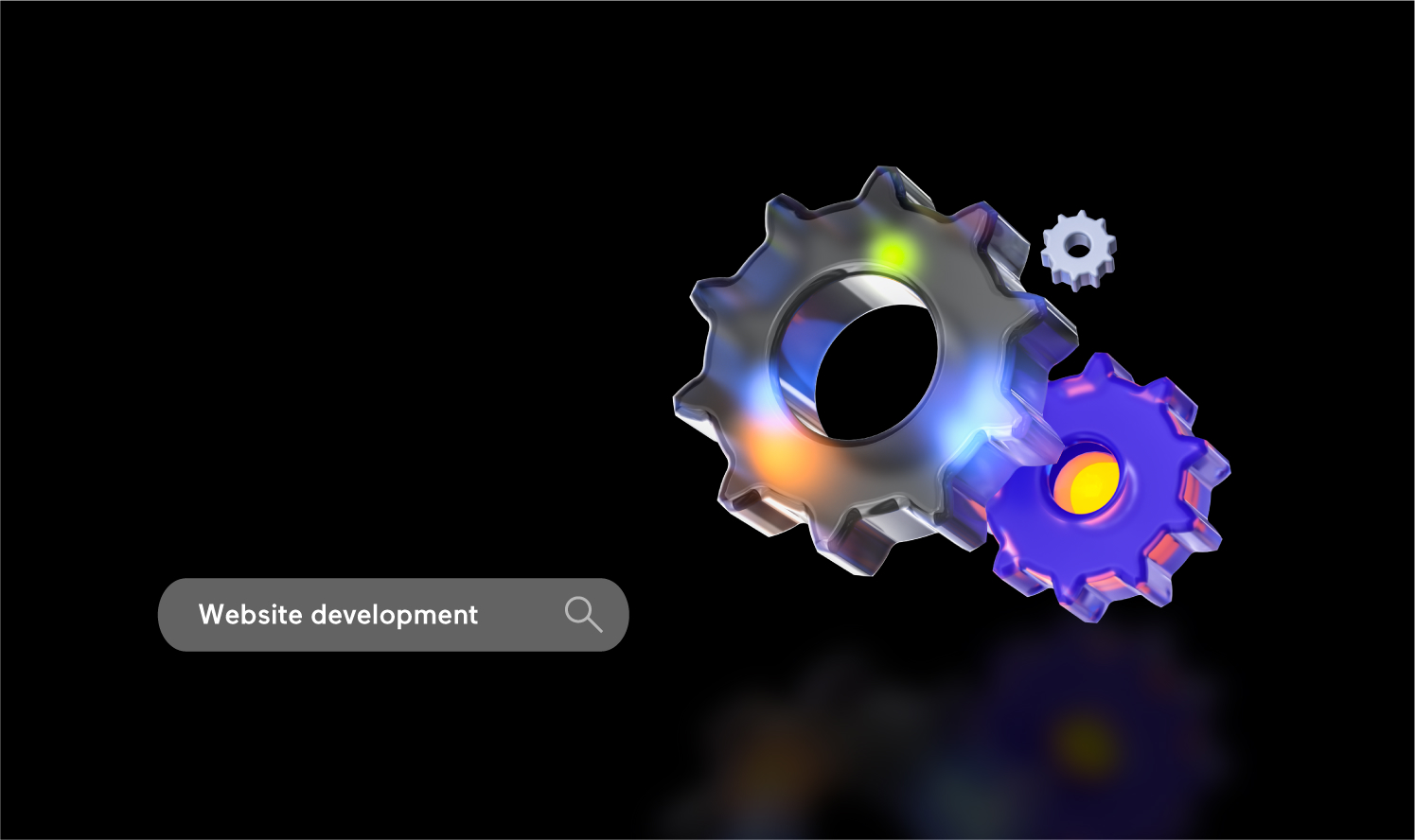Looking to hire a web designer? At Spiral Scout, we constantly talk to our current and potential clients about how important it is to hire a UI designer who can create a user-friendly website which compels visitors to perform an action you want them to take. On our blog, we’ve already shared some tips for hiring a web developer, but now we are diving into the topic of finding and working with a web design professional or full service design agency. Check out some of the things you need to pay close attention to.
How to Hire a Web Designer: Avoid These Four Major Pitfalls
Not paying enough attention to their portfolio
Here, you need to be very picky and scour over their details. To review their past work, you can either start on their website or review online design directories like Behance (which by the way is one of the best ways to find a web designer). Put down examples of designs that you like and things that you’d change. An important question to ask the designer is to list out all the aspects of the actual design they worked on. Ask for specifics here. Did they do the overall branding, the look and feel, a style guide, one page or just created a signup banner on the site. If possible, reach out to the candidate’s clients and ask for references before hiring a web designer so you can ask them about the actual work the designer performed.
Making sure you have enough budget
It goes without saying that for any company, and especially for a small one or a startup, the amount of money spent on the website is going to be limited. Still, going with the cheapest option without making in-depth research won’t do you any good and will most likely lead to money lost. Budget is an important consideration, but it shouldn’t be the only factor.
Try doing as much homework around your branding, styles you like and businesses persona before meeting with a designer that is less expensive. This can help save on some of the costs and help a less experienced designer since they might not ask you these things upfront.
Another good idea when agreeing on the budget is reading the fine print of the contract and making sure there are no hidden fees. Learn exactly what the deliverables are and make sure all your screens are covered. You want to make sure that they will provide you with the completed design files at the end of the project in a format that you can hand off to your engineering team. Also, you need to make sure you have all the screens you needed itemized in the contract/statement of work and make sure that if you need the website to layout nicely on mobile devices you have that written down. In most cases, you will pay half the fee upfront and then half the fee upon completion when you are satisfied. Be careful of other payment plans that require you to pay all upfront or more than 75%. There also might be website subscription fees that host your design files, stock photos licensing, copywriting costs, the number of revisions and basic after-launch support, etc. A huge concern should be making sure the web design team offers enough design revisions stated in the contract to get a good final product and you have enough time to gather your feedback for them.
Unclear how much of the project a designer can complete
One of the things to know before hiring a great web designer is that web design is only one part of developing an entire website or app. A web designer doesn’t do everything, and in most cases you need an engineer too. You need to understand in advance the competencies of a person you hire and, if necessary, hire another person (or a team) to do the engineering part. Even if you hire a web designer who won’t be responsible for the engineering portion, it’s still better to find a specialist who besides design, takes into account factors such as functionality, CRO (conversion rate optimization), clean coding, etc.
Another critical part of designing a website is search engine optimization. Say you hire a web designer who doesn’t necessarily specialize in SEO, he or she should still be aware of the SEO basics and how to design a user-friendly website that ranks well. Be sure that the designer has a plan to arrange for basic optimations that will help you make the website more SEO-friendly.
Using DIY website builders
Some of you might have heard of this option. They promise that without even hiring a web designer, you’ll have a website up and running in basically no time, at a minimal cost and no coding skills required. Totally true, though the quality of such website is dubious at best. Some of the fatal flaws people have that rely on DIY web design tools are:
- Hosting limitations- the servers of DIY website builders usually host a lot of websites, which might mean frequent load spikes or you could be penalized if someone on the same server is doing something shady; Having a lot of sites on the same server can lead to low loading speed and poor website performance;
- You have a site that looks like everyone else’s or looks amateurish
- You will pay a monthly/yearly fee for using it
- No opportunities for SEO promotion- This means that DIY website builders very rarely provide opportunities to mark up pages for rich snippets, which negatively affects your search engine optimization opportunities;
- Customizable templates that aren’t really that customizable for non-technical people
- Little opportunity to scale your business if you start to grow,
- Lack of customer support
DIY website builders are a good option for those who would like to get a website up and running in a matter of days (or even hours) without spending a lot. But in many cases, the owners of these websites face the need to either do costly customizations or re-do the website completely. At the same time, those who make the decision to go for a traditional Content Management System (CMS) website like WordPress, SquareSpace, Drupal, or Joomla, have very few chances to encounter such issues.
Mistakes to Avoid Once You Hire a Website Designer
So you’ve interviewed a number of candidates and have finally hired a professional web design team. The work doesn’t just end there, though. You are about to engage in dozens of iterations, discussions, and revisions ahead. Here are some common mistakes people can make during the web design process.
- Suppressing a web designer’s ideas. It’s clear that it’s your website and you’re the boss, and the person you’ve hired totally gets that. But since you’ve got a web design specialist on board, you’ve done it because of the person’s expertise. Provide them upfront with examples of design you like, a bit about your users, more about your brand and messaging and then ask them for their opinion and take it into account when viewing their design decisions. Try not to focus on minor details and instead concentrate on the big picture. Provide sufficient feedback and don’t involve too many people at this point in time. Basically don’t overload them with feedback and opinions if it is not completely necessary. Otherwise, too many discussions will take their mind off their job.
- Making major design changes along the way. In some cases, this may lead to big changes to the engineering part, which means additional expenses. A great web designer should be able to see when a change they make to the design (little tweaks here and there) would add a ton of extra development time, so ask for their opinion first. They should be able to tell you the difference from a high level if a change in design will lead to more or less development work. Or better yet share the designs with your developer, ask them about the designs and changes you want to make, and have them tell you about the effect it will have on timing.
- Neglecting the prototyping stage. You need to see the product in action before it’s built. Ask the web designer to provide you with a video or online examples of how the user experience should look and feel. They can also include examples of their implementation of some specific UI elements, like animations or other moving objects so the engineers will know how to develop parts of your site or app. At the same time, you need to realize that there will be a difference between synthetic design and the real product that is connected to a database and getting real info.
- Not focusing on responsive design. Even on the prototyping stage you need to know how the website will look on different size screens. Make sure the design is consistently perfect for all devices and operating systems. If your budget allows, demand responsive design from your designer.
- Getting too much feedback from the outside. It’s a good idea to ask your experienced designer friends or the top 5–7 users for a design audit of your prototypes. Still, don’t let this feedback interfere with your overall vision and be objective. If you hear a common theme speak to your designer about it.
- Using Dark Patterns. You may feel tempted to trick users into subscribing to the newsletter or to make it hard for them to remove things from the cart at the checkout. This puts you at risk for losing customers who are turned off by these tricks and lowers your customers overall satisfaction rate. It also has the potential to lead to bad online reviews or simply getting inundated with customer support requests.
If you’re still considering your options around hiring experienced specialists in web design, or boost your next project with IT staff augmentation, Spiral Scout knows how to help. Having delivered numerous web design projects to companies in San Francisco and around the United States, we have the necessary design expertise to build you a beautiful, responsive website or mobile app taking into account your particular business and style. Let’s talk.



